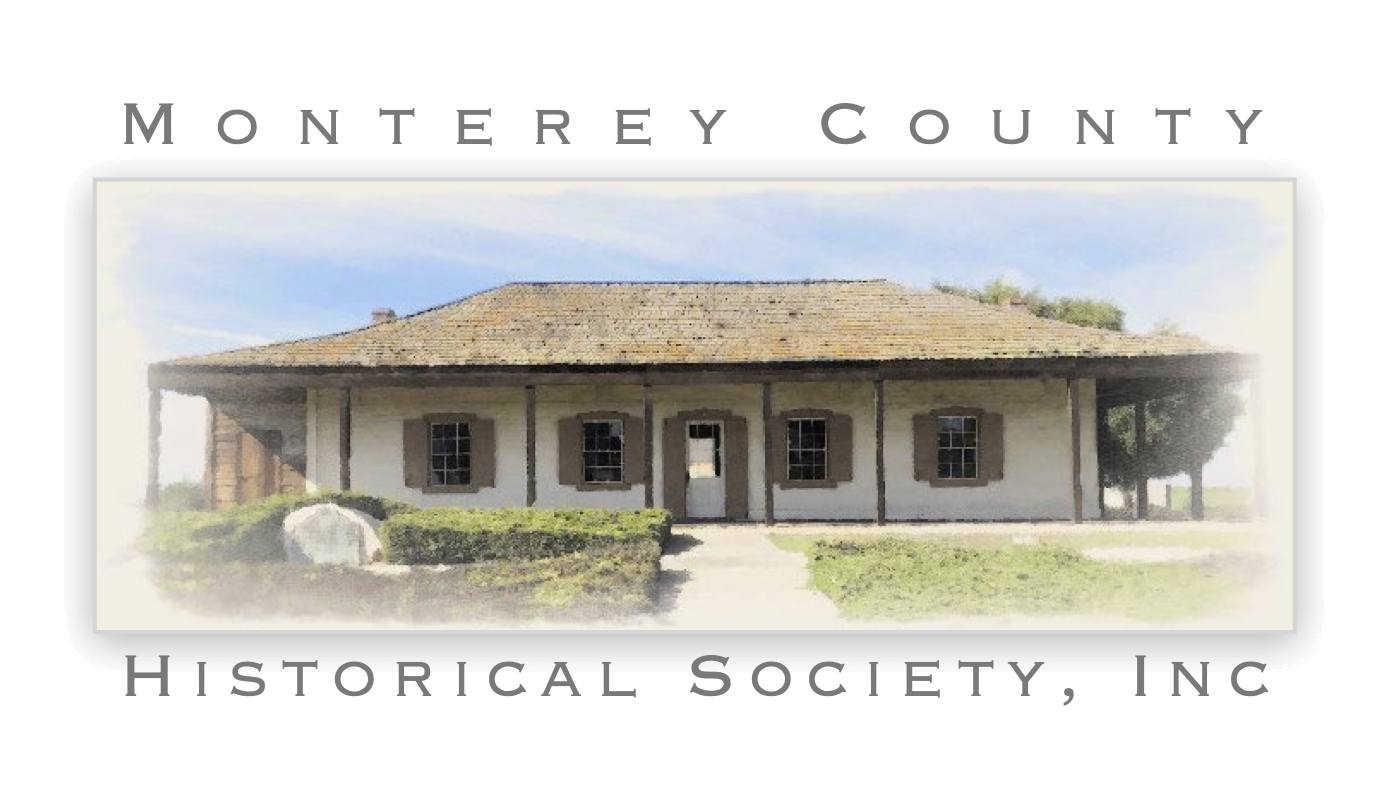Colony settlement schemes were much a part of the settlement history of Monterey County, receiving their push from the development of irrigation canals in the late 1890s.
St. Joseph’s Colony–In 1897 Lang and Dorn Company of Salinas offered ten acre parcels in St. Joseph’s Colony southeast of Salinas (at the junction of Alisal Road with Old Stage Road on the west and Encinal Road on the east), in conjunction with Claus Spreckels’ newly constructed sugar beet refinery. The colony was sponsored by the German Colonization Association of California. The colony contained a post office, store, school, and church in addition to a number of dwellings, and offered a German community to its residents, in addition to Spreckels as a guaranteed buyer of their beet crops. The colony was heavily promoted in the German language in eastern cities and western centers. Clark (1991:485) includes the quotation,
Although the German Colonization Association may have had the best of intentions, St. Joseph’s Colony disintegrated into a sham real estate scheme. Misleading information and photographs were sent to prospective buyers…
The inexperience of the farmers, the limited acreage, and fluctuating beet prices along with dishonest promotional practices killed the colony by about 1907.
Fort Romie Colony–In 1898, Claus Spreckels supported the formation of the Salvation Army agricultural commune of Fort Romie Colony on acreage situated close to Soledad Mission (around the intersection of Fort Romie and Colony Roads). The colony was located on property that once belonged to Francisco Soberanes. His son lost the 600-acre tract to Charles Romie, brother-in-law of David Jacks, in a foreclosure. The Salvation Army, in collaboration with the San Francisco Call, San Francisco Chamber of Commerce, and Claus Spreckels, subdivided the property into ten acre parcels and recruited impoverished unemployed city-dwellers in an idealistic attempt to “return the landless man to the manless land.” Settlers were bound by contract to repay the Salvation Army over a ten year period for housing, seed, and supplies provided. The attempt unfortunately coincided with a severe drought, and required intervention by the Salvation Army in construction of an irrigation system. By 1903 there were 70 colonists working under contract to Spreckels. The small size of the parcels prevented any real success, and the parcels were eventually sold to Spreckels or consolidated by Swiss dairy farmers and others moving into the area. (A detailed article on the Fort Romie Colony appears here.)
Clark Colony–Rancho Arroyo Seco was the setting for a third colony, that of the California Home Extension Association. Founded by John S. Clark, the California Home Extension Association purchased 2,000 (or 12,000–accounts differ) acres of land and in 1905 set up a tent city at “Three Mile Flat.” The land was sold in one acre plots for $35.50 per acre. Irrigation relied on the downhill flow from the Arroyo Seco River. The colony grew quickly, and within ten years became known as Greenfield.
Sources:
- Bardin, C., History of St. Joseph’s Colony in Monterey County, California (Ms. on file, Monterey County Parks Department, Salinas, CA, n.d.).
- Breschini, G.S., T. Haversat, and R.P. Hampson, A Cultural Resources Overview of the Coast and Coast-Valley Study Areas [California] (Coyote Press, Salinas, CA, 1983).
- Clark, Donald T., Monterey County Place Names (Kestrel Press, Carmel Valley, 1991).
- Fink, Augusta, Monterey County: The Dramatic Story of its Past (Valley Publishers, Fresno, 1978).
- McWilliams, C., Factories in the Field (Perigrine Publishers, Santa Barbara, CA, 1935).


